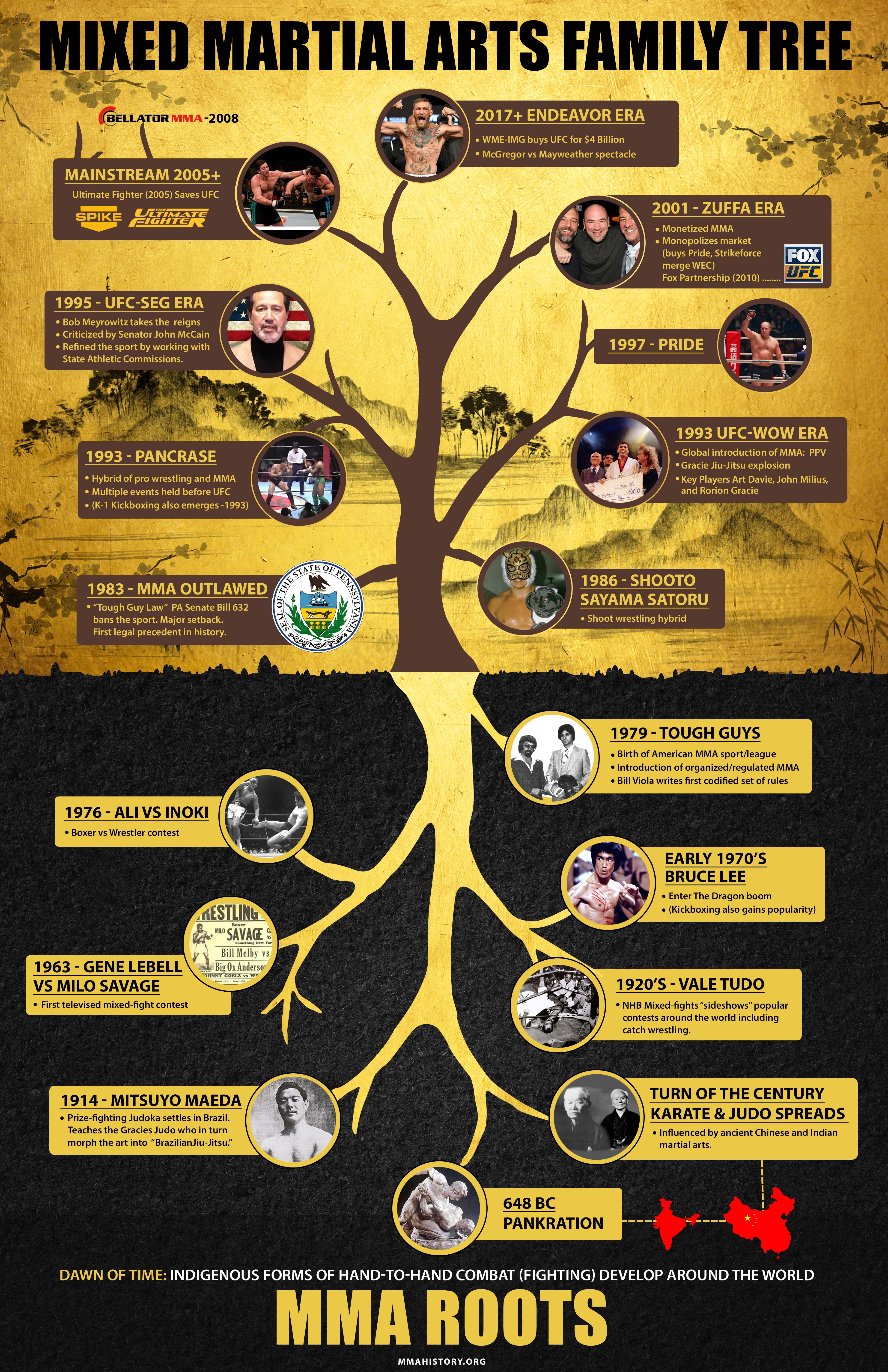The Evolution And Historical Value Of Martial Arts Throughout Various Cultures
The Evolution And Historical Value Of Martial Arts Throughout Various Cultures
Blog Article
Article Created By-Padilla Fallon
Martial arts have a remarkable background that extends centuries and continents. You could discover it intriguing how old methods like Shuai Jiao and Kalaripayattu laid the groundwork for modern combat strategies. These techniques not just highlight physical skills but also mirror the societies that birthed them. As you discover their development, take into consideration how globalization has actually transformed these conventional forms into crossbreed styles. What influences do you believe have formed today's martial arts landscape?
Ancient Martial arts: The Foundations of Battle
As you look into the globe of old martial arts, you'll uncover the rich structures that shaped battle strategies throughout cultures. Early techniques concentrated on Self-Defense and survival, usually integrating strikes, hurting, and weaponry.
In old China, for example, strategies like Shuai Jiao highlighted tosses and joint locks, while India's Kalaripayattu showcased dexterity and liquid movement. Japanese samurai established Kenjutsu, a polished swordsmanship that highlighted discipline and technique.
These martial arts offered not just for fight however additionally as a means of individual advancement, instilling values like respect and perseverance. The blending of these strategies over time prepared for the diverse martial arts you see today, each showing the special ideologies and demands of its culture.
The Cultural Influence on Martial Arts Development
While martial arts usually mirror the useful needs of a culture, they also embody the cultural worths and beliefs of their beginnings. When you explore various martial arts, you'll discover just how they're affected by faith, ideology, and social standards.
For instance, the emphasis on regard and discipline in Japanese martial arts originates from Zen Buddhism and samurai culture. In contrast, Brazilian Jiu-Jitsu promotes flexibility and technique, shaped by the need for effectiveness in a diverse, multicultural atmosphere.
You might locate that the routines, attires, and training techniques mirror a neighborhood's history and identification. By understanding these cultural influences, you deepen your appreciation of martial arts and their role fit human experiences around the world.
Modern Adaptations and the Globalization of Martial arts
Martial arts have actually changed considerably in current years, adjusting to modern society and global impacts. You'll observe that typical forms have mixed with contemporary methods, developing hybrid styles like mixed martial arts. have a peek at this website satisfy diverse audiences, making martial arts easily accessible and appealing worldwide.
With the rise of social media and digital systems, you can locate tutorials and competitors from all corners of the globe, breaking geographical obstacles. american martial arts academy has resulted in a shared gratitude for numerous disciplines, from Brazilian Jiu-Jitsu to Taekwondo.
As you involve with these arts, you'll understand they're not nearly combat; they advertise health and fitness, technique, and mental well-being.
Eventually, modern-day adaptations have actually enriched the martial arts landscape, making it a vibrant and progressing technique.
Verdict
In discovering the background and development of martial arts, you discover a fascinating blend of techniques, societies, and viewpoints. From ancient techniques like Shuai Jiao and Kalaripayattu to the contemporary versatility seen in MMA, martial arts show humanity's mission for Self-Defense and personal growth. As you engage with these techniques, you not just get skills yet likewise a deeper recognition for the diverse practices that form our world today. So, continue your journey and accept the art of fight!
